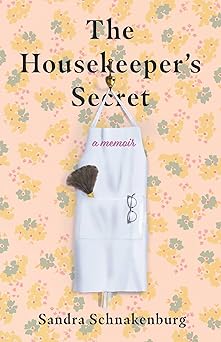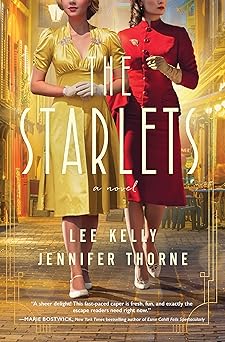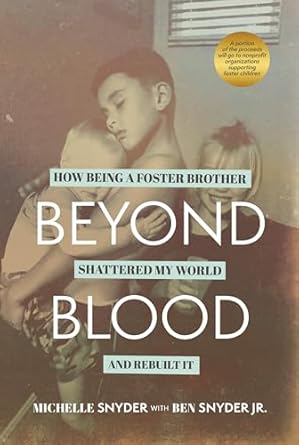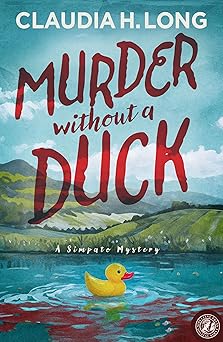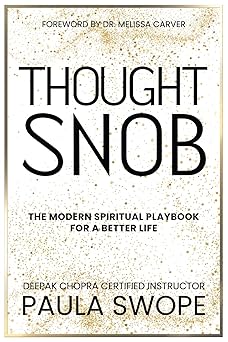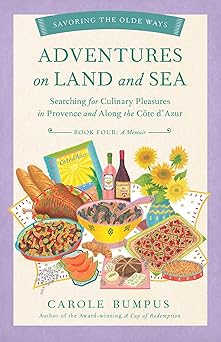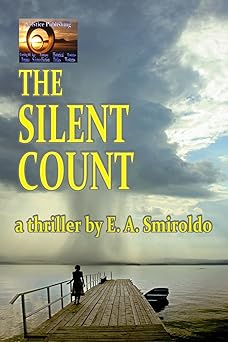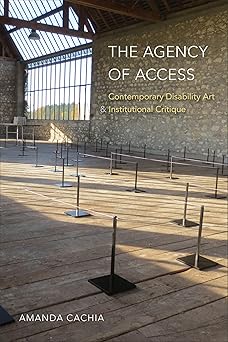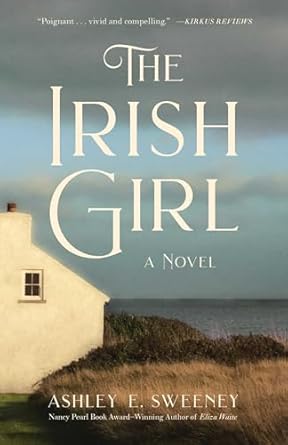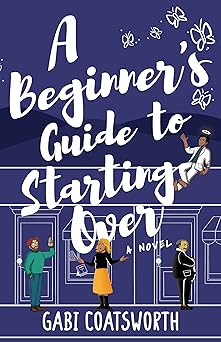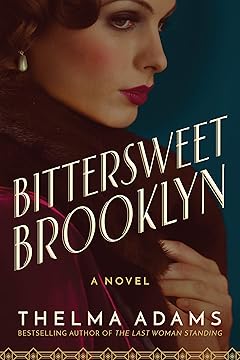Bringing History To Life
T he task of the historical fiction author is to transport the reader swiftly and believably into the period in which the novel is set. This means accurate description of costume, manners, and food and drink.
he task of the historical fiction author is to transport the reader swiftly and believably into the period in which the novel is set. This means accurate description of costume, manners, and food and drink.
When it comes to voice and actions, too, the characters must behave themselves, keeping to the language, habits, and beliefs of the times in which they lived. Nothing will throw the reader out of the historical setting quicker than a character using an anachronistic phrase.
So we do all the research. We find out what our people ate, the music they listened to, what coinage they used. We think about their clothing, and the restrictions that those garments placed upon their movements, or whether, indeed, they overcame those perceived constraints. We might imagine that medieval women found it difficult to work when wearing long dresses and wimples, but we mustn’t presume that they did.
So how do we bring them ‘alive’ and close the distance between their lives and our reading about them? Can we impose any of our modern thinking on them? I mean, we’re told to ‘write what we know’, aren’t we?
Well, ultimately, even though I have a history degree, I can only imagine what it was like to live in medieval times. But I have shared some of my characters’ experiences, and some emotions are universal; they transcend time.
Archaeological finds of feeding bottles, and of adult skeletons with cleft palates – who’d have had difficulty feeding without help when infants – suggest that Anglo-Saxon children were well cared for. So it’s not hard to assume that, even though child mortality was around 30%, that each loss was keenly felt. I have lost a child to miscarriage, and I imbued such scenes in one of my novels with the benefit, if that’s the right word, of first-hand experience.
For me, it’s important that characters in historical novels don’t step outside of their time. They must adhere to the beliefs, be they religious or supernatural, and attitudes of their age, but some dynamics are timeless: a rift between a father and son, a sibling bond or rivalry.
We may not all be fighting over a kingdom, but we can still relate to the emotions which accompany such situations. If you’re a younger child, have you ever bridled at praise being heaped upon your elder sibling? And if you’re the eldest, it can be galling to see the ‘baby’ of the family being indulged in ways that you could only dream of.
Conversely, a sibling bond can be so tight that it’s hard for others to find a breach in it. In periods where there was less social mobility and where travel was arduous, families tended to stay together. There’s no reason to think that the sibling bonds would not have been tight.
Depending on the period under discussion, the age at which children were deemed adult varied, and there were no ‘teenagers’ as such, but hormonal changes still occurred. Societal expectations may differ but physical changes will be the same. Boys will suffer the indignity of their voices breaking and perhaps this was even worse in an age when they were sometimes proclaimed king when still only adolescents.
Girls would surely still be painfully aware of the changes being wreaked upon their body shape by puberty and maybe this was heightened by the fact that sometimes this meant that they were now considered eligible for marriage. All adult writers have been children, and we can use the memories of our own confusion to help us consider how our characters must have felt.
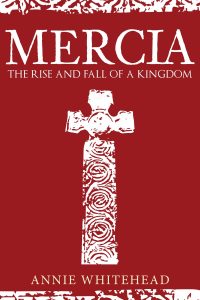 Other life experiences can inform our writing. The wrench of the child leaving home does not, thankfully, equate to waving them off to war, but the sorrow of seeing your offspring leave can be used to aid understanding of how mothers felt when their sons went off to fight. It’s possible, though painful, to imagine what it must feel like to lose a child. Parents in the tenth or twentieth centuries would surely respond in the same visceral way.
Other life experiences can inform our writing. The wrench of the child leaving home does not, thankfully, equate to waving them off to war, but the sorrow of seeing your offspring leave can be used to aid understanding of how mothers felt when their sons went off to fight. It’s possible, though painful, to imagine what it must feel like to lose a child. Parents in the tenth or twentieth centuries would surely respond in the same visceral way.
Caring for elderly relatives, perhaps seeing their cognitive function deteriorate, is a worry and strain that cannot have been any less painful in centuries past than it is today.
Body language, too – ah yes, the great ‘show, don’t tell.’ It’s likely that over the centuries, body language has evolved. I’d suggest that we use it less than we used to and that it may now be radically different. But here is where we can make our characters modern, and close the gap across the centuries. A nervous man can be described in terms of how he might behave today – shifting his weight from one foot to another, rubbing sweating palms surreptitiously on his tunic.
LP Hartley said that the past is a foreign country; they do things differently there. We must always be mindful of that fact and remember that whilst our characters can rail against the social norms, they cannot act with any knowledge of future centuries (unless you’re writing time-slip, in which case, ‘fill your boots’ as they say in northern England). We can, however, ponder the ‘human condition’ generally and I believe that there are some emotions and reactions which will always be present in society. If we draw on those, we can bring our characters alive and find a way for them to connect with a modern reader.
—
Annie is an author and historian who has written award-winning novels set in Anglo-Saxon England. She won the inaugural HWA/Dorothy Dunnett Short Story Award. Her latest book, a history of the kingdom of Mercia, is published by Amberley Books. Annie is also an editor for EHFA (English Historical Fiction Authors).
Category: Contemporary Women Writers, How To and Tips




